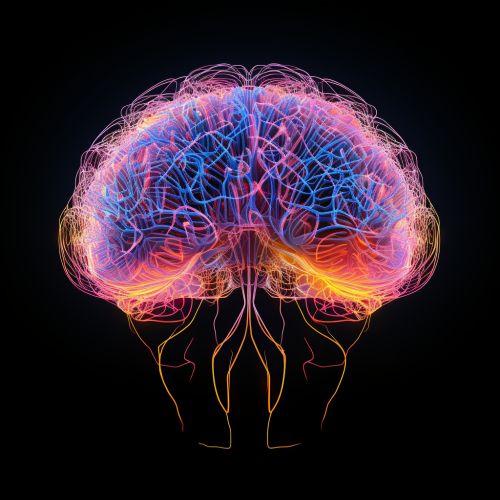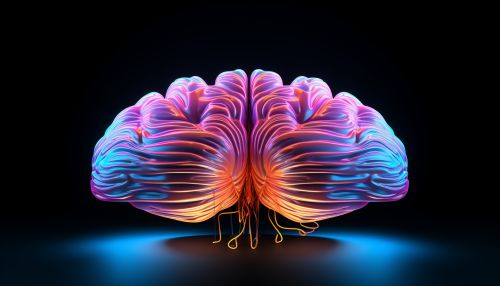Cognitive Neuroscience of Language Processing in the Brain
Overview
Cognitive neuroscience is a branch of neuroscience that studies the biological processes that underlie cognition, especially the neural connections in the brain which are involved in mental processes. It addresses the questions of how cognitive activities are affected or controlled by neural circuits in the brain. Cognitive neuroscience is a branch of both neuroscience and psychology, overlapping with disciplines such as physiological psychology, cognitive psychology, and neuropsychology. Cognitive neuroscience relies upon theories in cognitive science coupled with evidence from neuropsychology, and computational modeling.
Language Processing in the Brain
Language processing refers to the way humans use words to communicate ideas and feelings, and how such representations are processed within the brain. The neurobiology of language is a complex process and involves a number of different brain regions working in tandem to decode, comprehend, and produce language. This process involves both the recognition and production of words, as well as the syntax and semantics of language.


Brain Regions Involved in Language Processing
Several brain regions are involved in the process of language comprehension and production. These include the Broca's area, Wernicke's area, the angular gyrus, and the supramarginal gyrus.
Broca's Area
Located in the frontal lobe of the brain, Broca's area is associated with speech production and articulation. Our ability to convert thoughts into spoken words, a process known as speech articulation, is attributed to this region of the brain.
Wernicke's Area
Wernicke's area, located in the superior temporal gyrus in the dominant cerebral hemisphere, which is the left hemisphere in about 95% of right-handed individuals and 70% of left-handed individuals, is responsible for the comprehension of speech. Damage to this area can result in language deficits and impairments such as Wernicke's aphasia.
Angular Gyrus
The angular gyrus is involved in a number of processes related to language, number processing and spatial cognition, memory retrieval, attention, and theory of mind. It is connected to the development of reading skills, such as associating the visual form of words to their phonetic and semantic equivalents.
Supramarginal Gyrus
The supramarginal gyrus plays a part in the perception of space and limb location, and is also involved in the process of phonological processing, which is the ability to hear, identify, and manipulate the sounds within words.
Cognitive Neuroscience of Language Processing
The cognitive neuroscience of language processing studies how the brain processes language, and how different brain regions are involved in understanding and producing language. This field of study uses various methods to investigate the neural mechanisms underlying language processing, including neuroimaging techniques such as functional magnetic resonance imaging (fMRI) and positron emission tomography (PET), as well as neuropsychological techniques such as lesion studies.
Neuroimaging Studies
Neuroimaging studies have provided valuable insights into the neural mechanisms underlying language processing. For instance, functional magnetic resonance imaging (fMRI) studies have shown that different aspects of language processing activate different regions of the brain.
Neuropsychological Studies
Neuropsychological studies, particularly those involving patients with brain lesions, have also contributed significantly to our understanding of language processing in the brain. For example, studies of patients with aphasia following brain damage have provided insights into the roles of different brain regions in language comprehension and production.
Challenges and Future Directions
Despite the advances in our understanding of language processing in the brain, there are still many unanswered questions and challenges in the field of cognitive neuroscience of language. For instance, how exactly do different brain regions interact during language processing? What is the precise role of each brain region in different aspects of language processing? How does the brain process different languages, and how does bilingualism or multilingualism affect brain function and structure? Future research in this field will continue to address these and other questions, using increasingly sophisticated techniques and methodologies.
